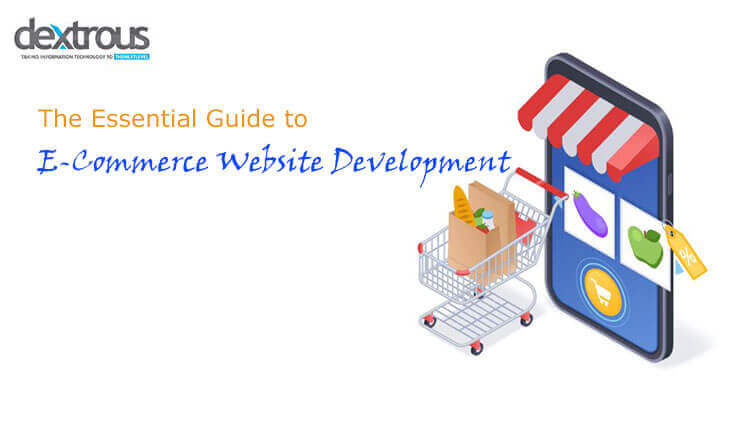The Essential Guide to E-Commerce Website Development
Introduction: In today's digital age, having a robust and user-friendly e-commerce website is essential for businesses to thrive in the online marketplace. Whether you're a small startup or an established brand, building an effective e-commerce website requires careful planning, strategic execution, and attention to detail. This comprehensive guide will walk you through the essential steps and considerations for successful e-commerce website development.
-
Understanding the E-Commerce Landscape: Before diving into website development, it's crucial to grasp the e-commerce landscape. Explore the latest trends, consumer behavior, and market dynamics to gain insights into what drives online success. Understanding your target audience and competition will help shape your website development strategy.
-
Defining Your E-Commerce Goals: Clearly define your e-commerce goals and objectives. Are you focused on increasing sales, expanding market reach, enhancing user experience, or all of the above? By setting specific and measurable goals, you can align your website development efforts accordingly and track your progress effectively.
-
Choosing the Right E-Commerce Platform: Selecting the right e-commerce platform is a critical decision. Evaluate popular options such as Shopify, WooCommerce, Magento, or custom-built solutions based on factors like scalability, customization options, pricing, and integration capabilities. Consider your business requirements and future growth prospects when making this choice.
-
Designing a User-Friendly Interface: User experience (UX) plays a crucial role in the success of your e-commerce website. Design a visually appealing and intuitive interface that engages visitors and guides them seamlessly through the purchase journey. Focus on responsive design, easy navigation, fast load times, and persuasive product presentations.
-
Building a Secure Payment Gateway: Security is paramount in e-commerce. Implement a secure payment gateway that protects sensitive customer data and instills trust. Incorporate SSL certificates, encryption protocols, and adhere to PCI-DSS compliance standards to safeguard customer transactions and data.
-
Optimizing for Search Engines (SEO): To drive organic traffic and improve visibility, optimize your e-commerce website for search engines. Conduct thorough keyword research, optimize product descriptions and meta tags, and create valuable content to rank higher in search results. Pay attention to on-page SEO techniques and leverage SEO plugins or tools for better optimization.
-
Streamlining Product Management: Efficient product management is essential for smooth operations. Organize your product catalog, manage inventory, set up pricing structures, and establish effective categorization and filtering options. Implement a user-friendly product search functionality to enhance the browsing experience.
-
Integrating Analytics and Conversion Tracking: Measure the success of your e-commerce website by integrating analytics and conversion tracking tools. Utilize platforms like Google Analytics to gain valuable insights into website performance, user behavior, and conversion rates. Analyze data to identify areas for improvement and make data-driven decisions.
-
Implementing Effective Marketing Strategies: An e-commerce website requires effective marketing strategies to attract and retain customers. Develop a comprehensive digital marketing plan that includes social media marketing, email marketing, content marketing, and paid advertising. Leverage data analytics to refine your marketing efforts and maximize ROI.
-
Continuously Monitoring and Optimizing: E-commerce website development is an ongoing process. Continuously monitor website performance, user feedback, and market trends. Conduct A/B testing, make data-driven optimizations, and implement user feedback to ensure your website remains relevant, competitive, and aligned with evolving customer expectations.
Conclusion: Building a successful e-commerce website is a complex endeavor, but with the right strategies and implementation, it can become a powerful asset for your business. By following this essential guide, you can navigate the intricacies of e-commerce website development and create an engaging online shopping experience that drives sales, customer satisfaction, and long-term growth.






.jpg)



















0 Comments:
Leave a Reply